Flying through certain airports is like playing Russian roulette with your schedule. Some airports have turned flight delays into an art form, consistently ranking among the worst in the country for on-time performance. Whether it’s due to overcrowding, bad weather patterns, outdated infrastructure, or just plain poor planning, these airports will test your patience and your connection times.
The reasons vary from airport to airport, but the result is always the same: frustrated passengers, missed connections, and vacation plans thrown into chaos. Here is a list of 18 US airports where you should always pack extra patience and maybe a good book.
Newark Liberty International Airport, New Jersey
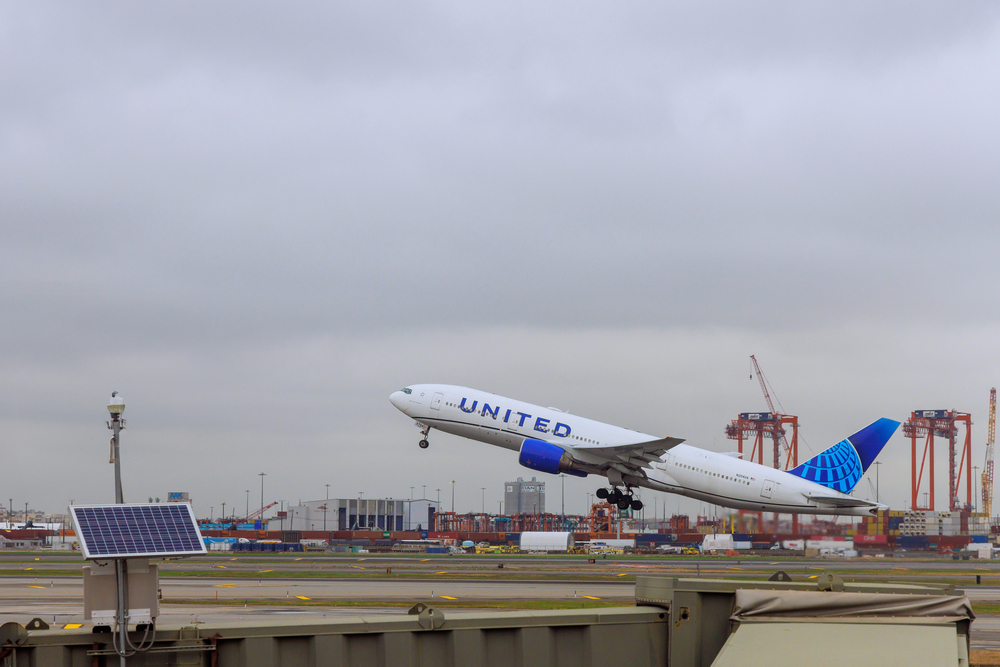
Newark consistently ranks among the worst airports in America for delays, with on-time performance hovering around 70% on its best days. The airport suffers from overcrowding, aging infrastructure, and air traffic control issues, creating a perfect storm of delays.
When weather hits the Northeast, Newark becomes ground zero for cascading delays that ripple across the entire country.
LaGuardia Airport, New York

LaGuardia is notorious for delays even on sunny days, thanks to its cramped layout and overwhelming traffic volume. The airport handles far more flights than it was designed for, creating bottlenecks that turn minor issues into major delays.
Construction projects aimed at modernizing the facility have only added to the chaos, making an already challenging airport even more unpredictable.
Like Travel Pug’s content? Follow us on MSN.
John F. Kennedy International Airport, New York
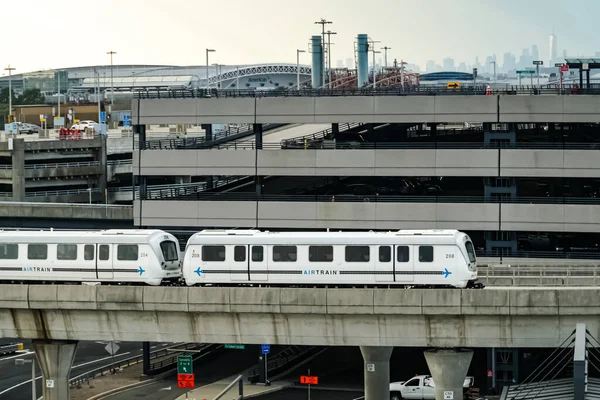
JFK’s size works against it when it comes to on-time performance, with delays spreading like wildfire across its multiple terminals. The airport’s location makes it particularly vulnerable to weather-related delays, and its international focus means missed connections can strand passengers for days.
Air traffic congestion in the New York airspace affects JFK more than most airports, turning routine flights into scheduling nightmares.
Chicago O’Hare International Airport, Illinois
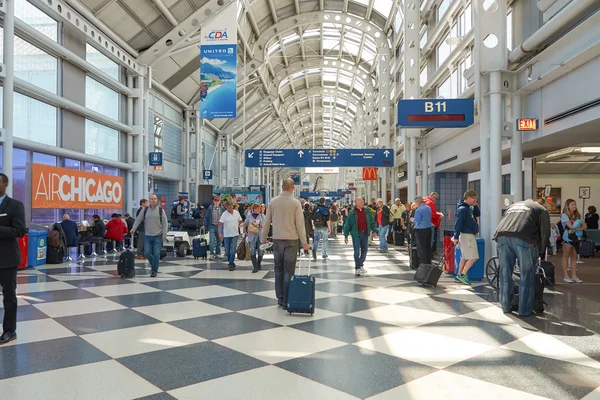
O’Hare processes more flights than almost any other airport in the world, making delays inevitable during peak travel times. The airport’s location in the Midwest makes it a weather magnet, with thunderstorms, snow, and high winds regularly shutting down operations.
When O’Hare has problems, the entire national air traffic system feels the impact since so many flights connect through Chicago.
San Francisco International Airport, California
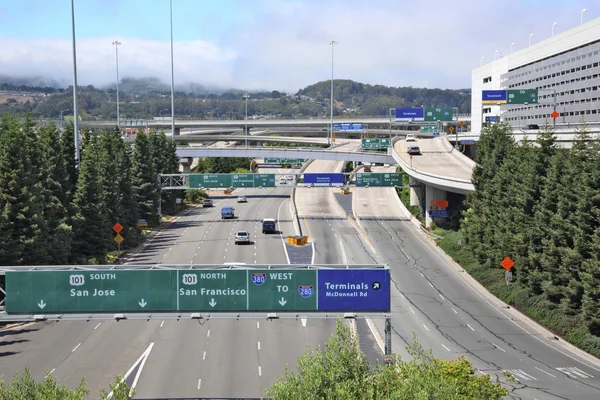
San Francisco’s notorious fog creates havoc with flight schedules, often forcing airports to operate with reduced visibility procedures that slow everything down. The airport’s runway configuration makes it particularly susceptible to weather delays, with fog rolling in from the Pacific Ocean with little warning.
Summer fog season can turn SFO into a delay-generating machine that affects flights nationwide.
Like Travel Pug’s content? Follow us on MSN.
Los Angeles International Airport, California
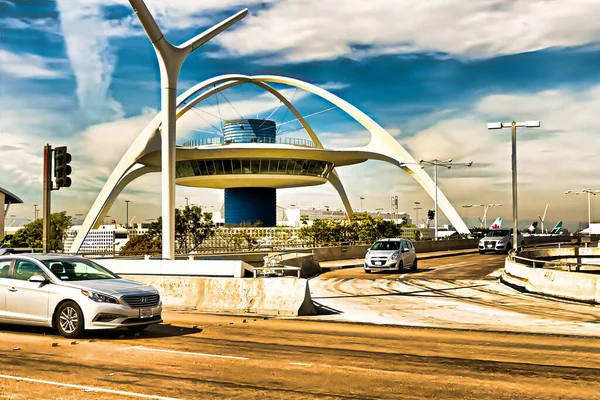
LAX handles an enormous volume of both domestic and international traffic, resulting in congestion that frequently leads to delays. The airport’s layout forces planes to taxi across active runways, adding time to every departure and arrival.
Ground traffic at LAX moves slower bumper-to-bumper traffic on the 405, with planes sometimes waiting 30–45 minutes just to reach the runway.
Miami International Airport, Florida
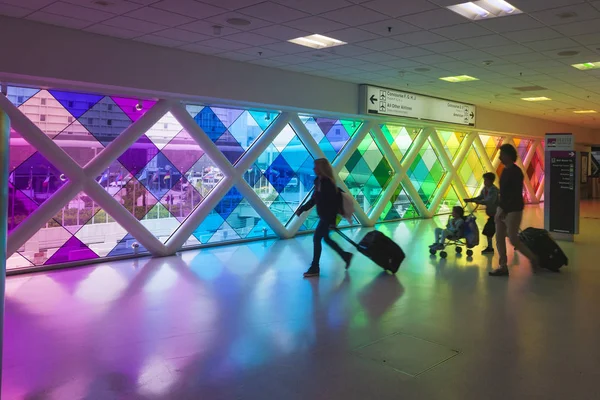
Miami’s location puts it directly in the path of tropical weather systems that can shut down operations for hours or days at a time. The airport serves as a major hub for Latin American travel, meaning weather delays here affect international connections across the hemisphere.
Hurricane season turns Miami into a scheduling nightmare, with airlines canceling flights days in advance to avoid stranding passengers.
Fort Lauderdale-Hollywood International Airport, Florida
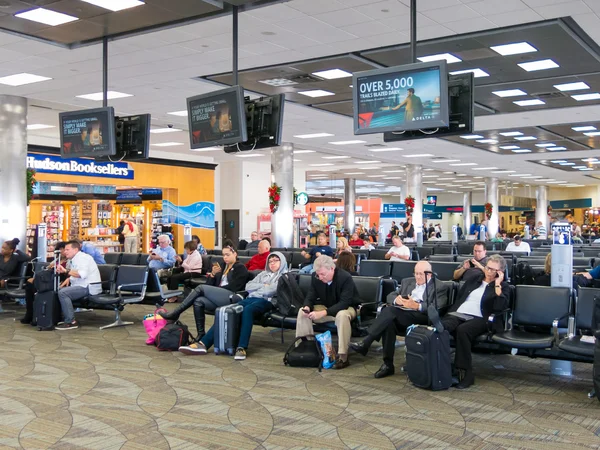
Fort Lauderdale has grown rapidly without the infrastructure to handle the increased traffic, leading to overcrowding and delays. The airport’s proximity to Miami means it is often affected by the same weather systems, but with fewer resources to recover quickly.
Ground handling delays at Fort Lauderdale are legendary, with passengers often sitting on the tarmac longer than their actual flight time.
Like Travel Pug’s content? Follow us on MSN.
Boston Logan International Airport, Massachusetts
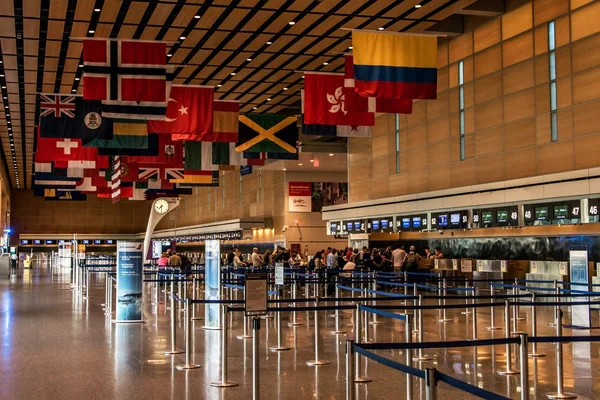
Boston’s weather patterns create a year-round challenge for on-time departures, from winter snowstorms to summer thunderstorms. The airport’s runway configuration and air traffic restrictions limit its ability to handle peak traffic efficiently.
Logan’s delays are particularly problematic because so many business travelers depend on reliable morning departures to major cities.
Washington Dulles International Airport, Virginia
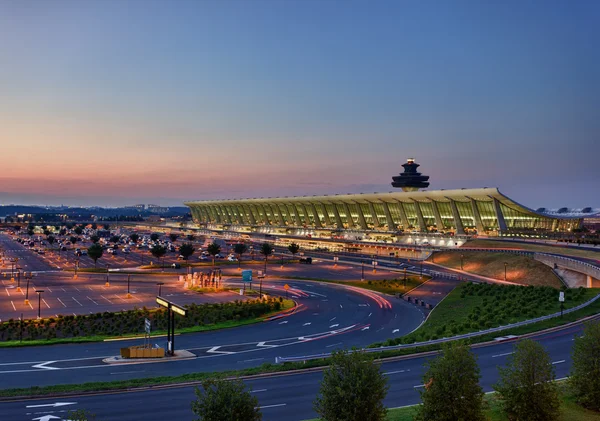
Dulles suffers from chronic understaffing and infrastructure problems that create delays even during light traffic periods. The airport’s distance from downtown Washington means ground transportation delays compound flight delays.
Weather in the DC area affects Dulles more severely than nearby Reagan National, with thunderstorms regularly shutting down operations for hours.
Ronald Reagan Washington National Airport, Virginia
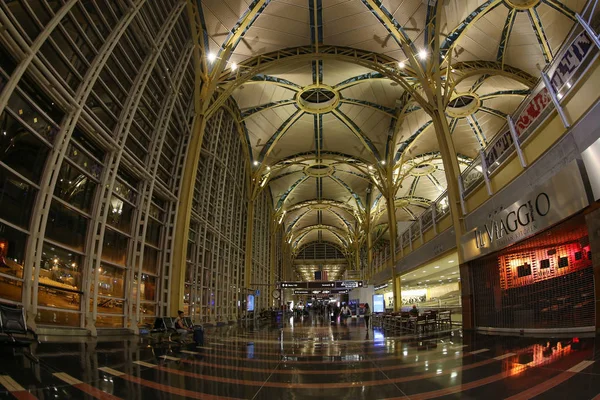
Reagan National’s location near downtown DC comes with severe air traffic restrictions that limit the number of flights and create bottlenecks. The airport’s short runways and noise restrictions force airlines to operate under conditions that make delays more likely.
Security delays at Reagan can be particularly brutal, with TSA lines that move slower than government bureaucracy.
Like Travel Pug’s content? Follow us on MSN.
Philadelphia International Airport, Pennsylvania
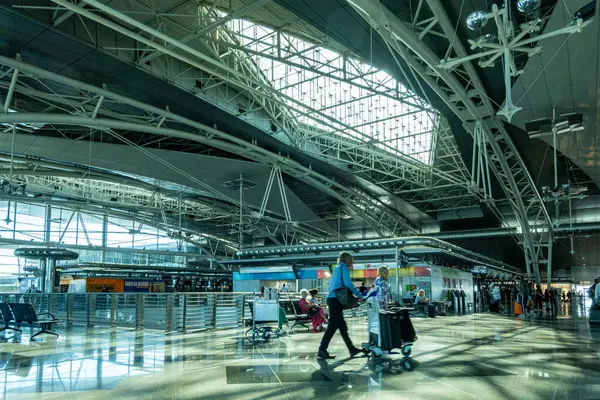
Philadelphia sits in a weather corridor that catches storms from multiple directions, making reliable scheduling nearly impossible during certain seasons. The airport’s hub status means delays here create ripple effects across the airline network.
Ground operations at Philadelphia are notoriously slow, with baggage handling delays that can add hours to your travel time.
Denver International Airport, Colorado
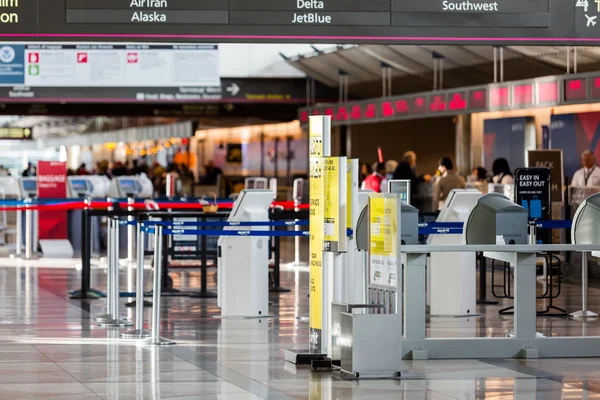
Denver’s high altitude and mountain weather patterns create unique challenges that lead to frequent delays and cancellations. The airport’s remote location means weather can change rapidly, catching airlines off guard with sudden snowstorms or high winds.
Summer thunderstorms in Denver are particularly problematic, with lightning forcing ground crews to suspend operations for safety.
Hartsfield-Jackson Atlanta International Airport, Georgia
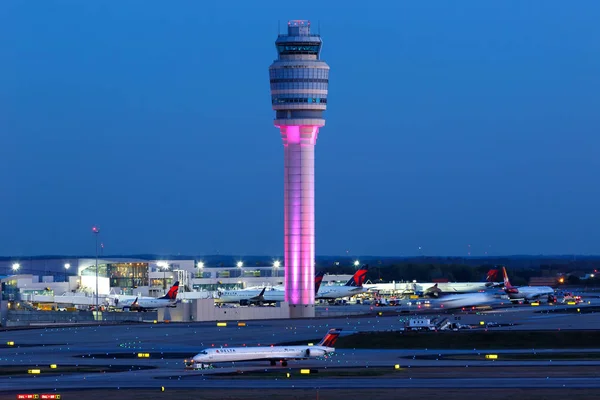
Atlanta’s status as the world’s busiest airport means that even minor problems can create massive delays, affecting thousands of passengers. The airport’s hub-and-spoke system amplifies delays, with missed connections cascading through the Delta network.
Summer thunderstorms in Atlanta are legendary for their intensity and ability to shut down operations for hours at a time.
Like Travel Pug’s content? Follow us on MSN.
Dallas/Fort Worth International Airport, Texas
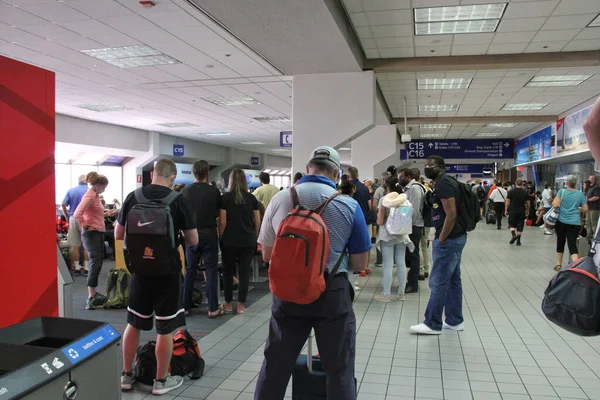
DFW’s enormous size creates logistical challenges that contribute to delays, with some gates requiring 20-minute walks from security. The airport sits in tornado alley, making spring weather particularly unpredictable for flight operations.
Ground traffic at DFW moves slower than Dallas highway traffic, with planes sometimes taking 45 minutes to taxi from gate to runway.
George Bush Intercontinental Airport, Houston
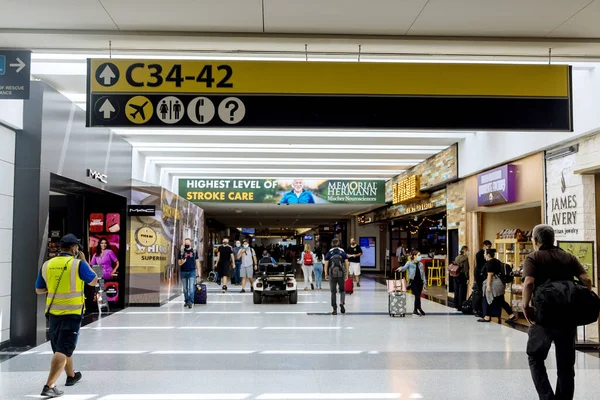
Houston’s humid climate and frequent thunderstorms create challenging conditions for reliable flight operations. The airport’s multiple runways help, but weather delays still cascade through United’s hub operations.
Ground delays at Bush Intercontinental are particularly frustrating, with passengers often sitting in planes longer than their scheduled flight time.
Seattle-Tacoma International Airport, Washington
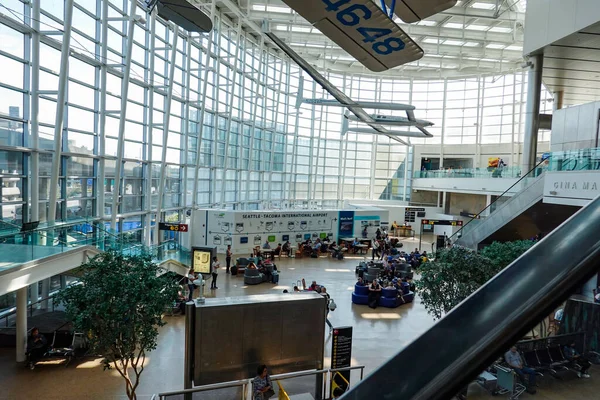
Seattle’s infamous rain and low visibility create chronic delays that affect the entire West Coast flight network. The airport’s single runway configuration becomes a bottleneck during peak travel times and weather events.
Fog rolling in from Puget Sound can shut down operations with little warning, turning reliable schedules into wishful thinking.
Like Travel Pug’s content? Follow us on MSN.
Chicago Midway International Airport, Illinois
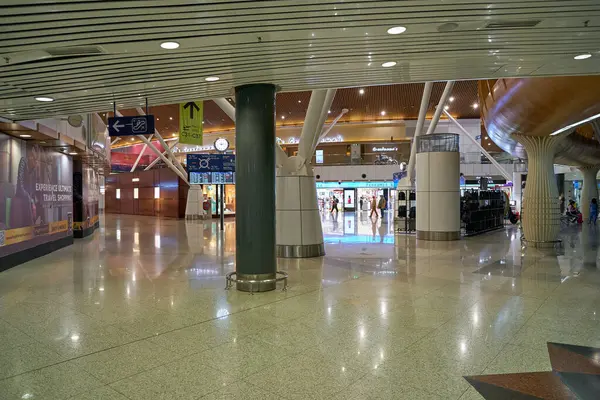
Midway’s compact size works against it during busy periods, with limited gate space creating ground delays even when the weather cooperates. The airport’s shorter runways and urban location make it more susceptible to weather delays than larger airports.
Southwest’s hub operations at Midway mean delays here affect the airline’s entire network, creating problems far beyond Chicago.
When Delays Become the New Normal

American air travel has reached a point where on-time performance feels like a pleasant surprise rather than a reasonable expectation. These airports represent the stress points in a system that’s been pushed beyond its capacity, where outdated infrastructure meets modern demand with predictably frustrating results. The irony is that many of these airports serve as major hubs precisely because of their strategic locations, the same geographic advantages that make them vulnerable to weather and congestion.
As passenger volumes continue to grow and climate patterns become more unpredictable, these delay-prone airports offer a glimpse into the future of American aviation—where flexibility and patience become essential travel accessories.
More from Travel Pug

- 20 Best Beach Towns in the Carolinas
- 13 Destinations Where Tourists Regularly Regret Their Trip
- 20 Things You Actually Get in First Class
- 20 Small Airports With Aviation Museums
- 20 Places in the U.S. That Are Perfect for a Reset Trip
Like Travel Pug’s content? Follow us on MSN. content? Follow us on MSN.
